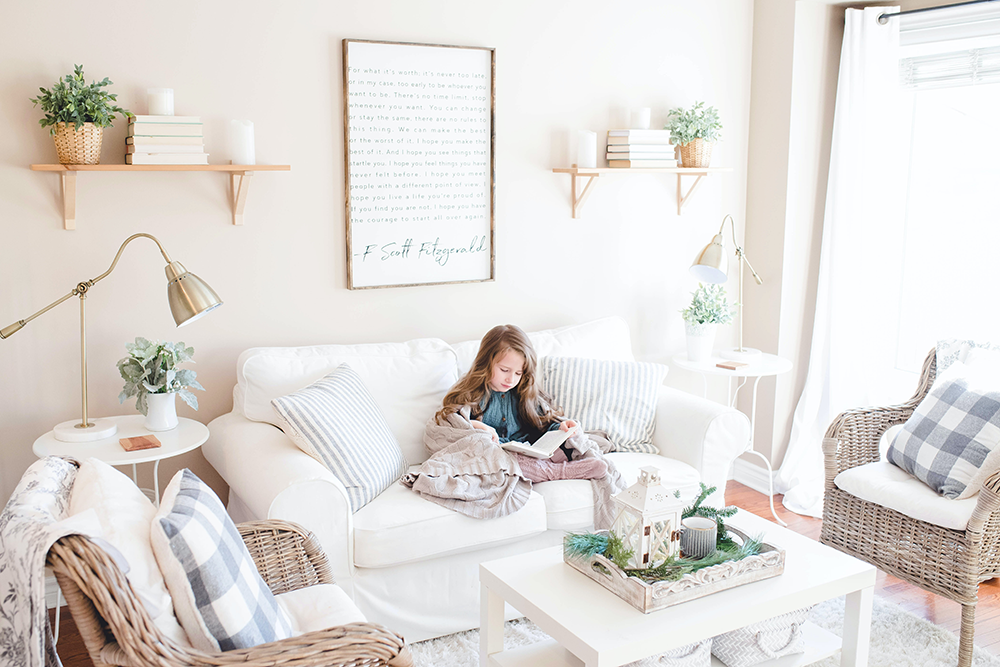Creating a gender-neutral nursery is a wonderful way to ensure your baby’s room is a welcoming and inclusive space. It allows your child to explore their own identity freely while promoting an environment of equality and open-mindedness. Whether you’re expecting a boy, a girl, or a surprise, designing a gender-neutral nursery can be a fun and creative endeavor. In this blog post, we’ll guide you through the process of creating a gender-neutral nursery that’s both stylish and adaptable for your baby’s needs.
-
Choose a Neutral Color Palette
The first step in creating a gender-neutral nursery is selecting a color palette that’s versatile and inclusive. Neutral colors like white, gray, beige, and soft pastels work well as a base. These hues are timeless and can be easily paired with other colors to create a cohesive and calming atmosphere.
-
Opt for Gender-Neutral Themes
When it comes to nursery themes, steer clear of traditional gender-specific motifs. Instead, choose themes that are universal and appealing to all children. Popular gender-neutral themes include nature, animals, outer space, and geometric patterns. These themes can be incorporated into wall decor, bedding, and accessories.
-
Sustainable and Eco-Friendly Choices
Consider making environmentally conscious choices when selecting furniture and decor for the nursery. Sustainable and non-toxic materials are not only better for the planet but also for your baby’s health.

Look for cribs, changing tables, and storage solutions made from renewable resources, and choose organic bedding and paint with low-VOC (volatile organic compound) options to maintain a healthy indoor air quality.
-
Functional and Adaptable Furniture
Invest in furniture that can grow with your child. A convertible crib that transforms into a toddler bed is a smart choice, as are adjustable shelving units and dressers. This ensures that the nursery remains functional as your child grows, reducing the need for frequent furniture changes.
-
Personalized Decor
Add a personal touch to the nursery by incorporating elements that reflect your family’s values and interests. Consider hanging family photos, creating a gallery wall with inspirational quotes, or displaying handmade artwork. These personal touches can make the nursery feel cozy and special.
-
Soft Textiles and Comfort
Soft, plush textiles like rugs, curtains, and cushions add warmth and comfort to the nursery. Stick to gender-neutral patterns and colors, and choose high-quality fabrics that are easy to clean. A comfortable rocking chair or glider can also be a valuable addition for those late-night feedings and cuddles.
-
Storage Solutions
Effective storage is crucial in any nursery. Opt for open shelving, baskets, and bins that are easy to access. Labeling storage containers can also help you stay organized. Adequate storage space ensures that toys, clothes, and baby essentials are neatly organized, making the nursery functional and clutter-free.
-
Lighting
Consider the lighting in the nursery carefully. A combination of natural light and soft, adjustable artificial lighting can create a soothing atmosphere. Install blackout curtains or shades to help regulate the baby’s sleep schedule, and use dimmable lights for nighttime feedings.
-
Inclusive Decor
To create a truly gender-neutral nursery, choose decor that celebrates diversity and inclusion. Incorporate books, posters, and artwork that showcase different cultures, backgrounds, and family structures.

This not only promotes an open-minded environment but also encourages your child to embrace and respect diversity.
-
Plan for Adaptability
As your child grows and develops their own interests, be prepared to adapt the nursery accordingly. Embrace change by allowing your child to have input in the decor and theme. This encourages their independence and self-expression.
Designing a gender-neutral nursery is a beautiful way to create a safe and inclusive space for your baby. By choosing a neutral color palette, sustainable furniture, adaptable decor, and personalized touches, you can create a nursery that grows with your child and fosters an environment of love, acceptance, and equality. Remember that the key to a successful gender-neutral nursery is creativity, flexibility, and a commitment to nurturing your child’s individuality.





